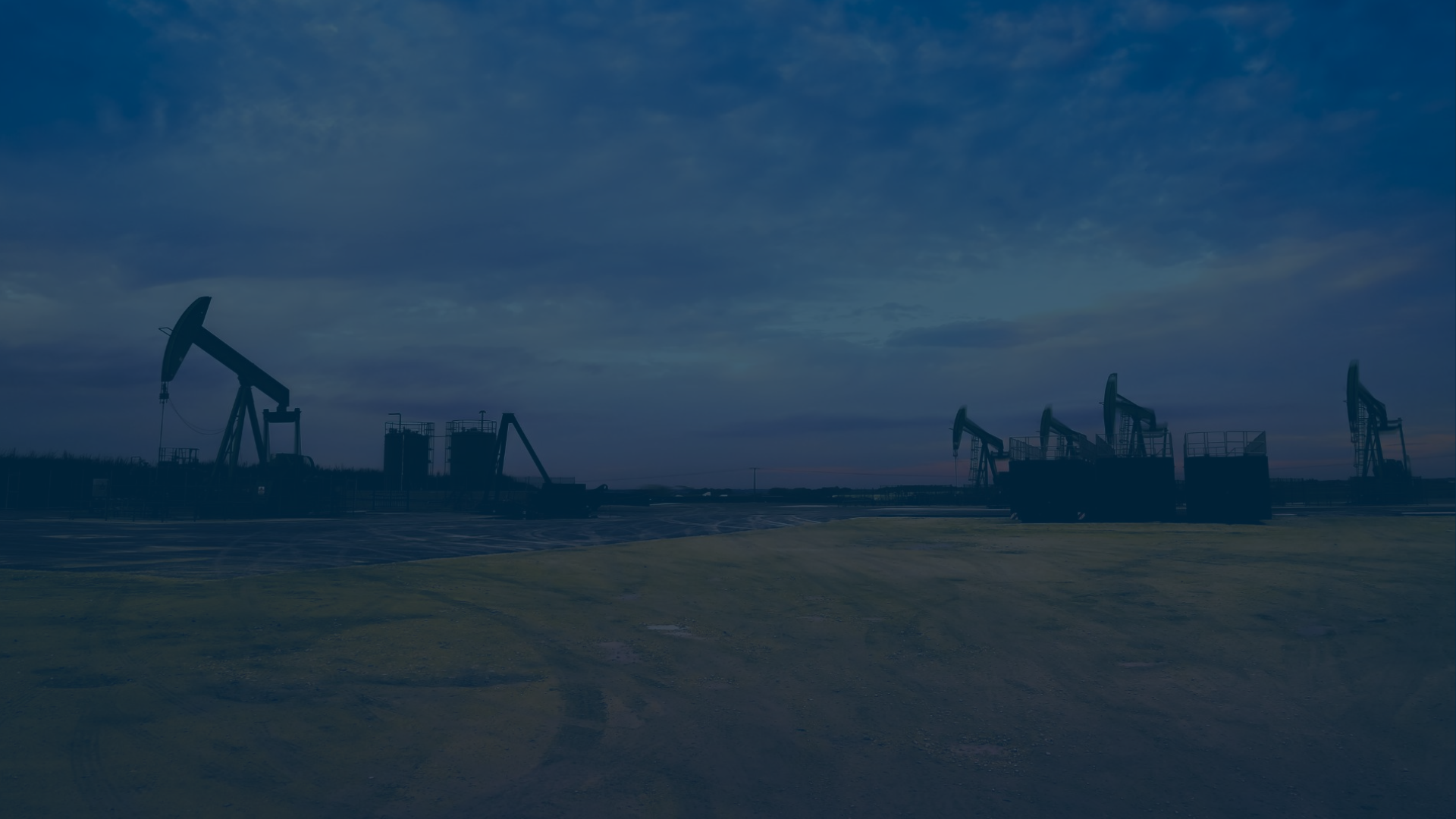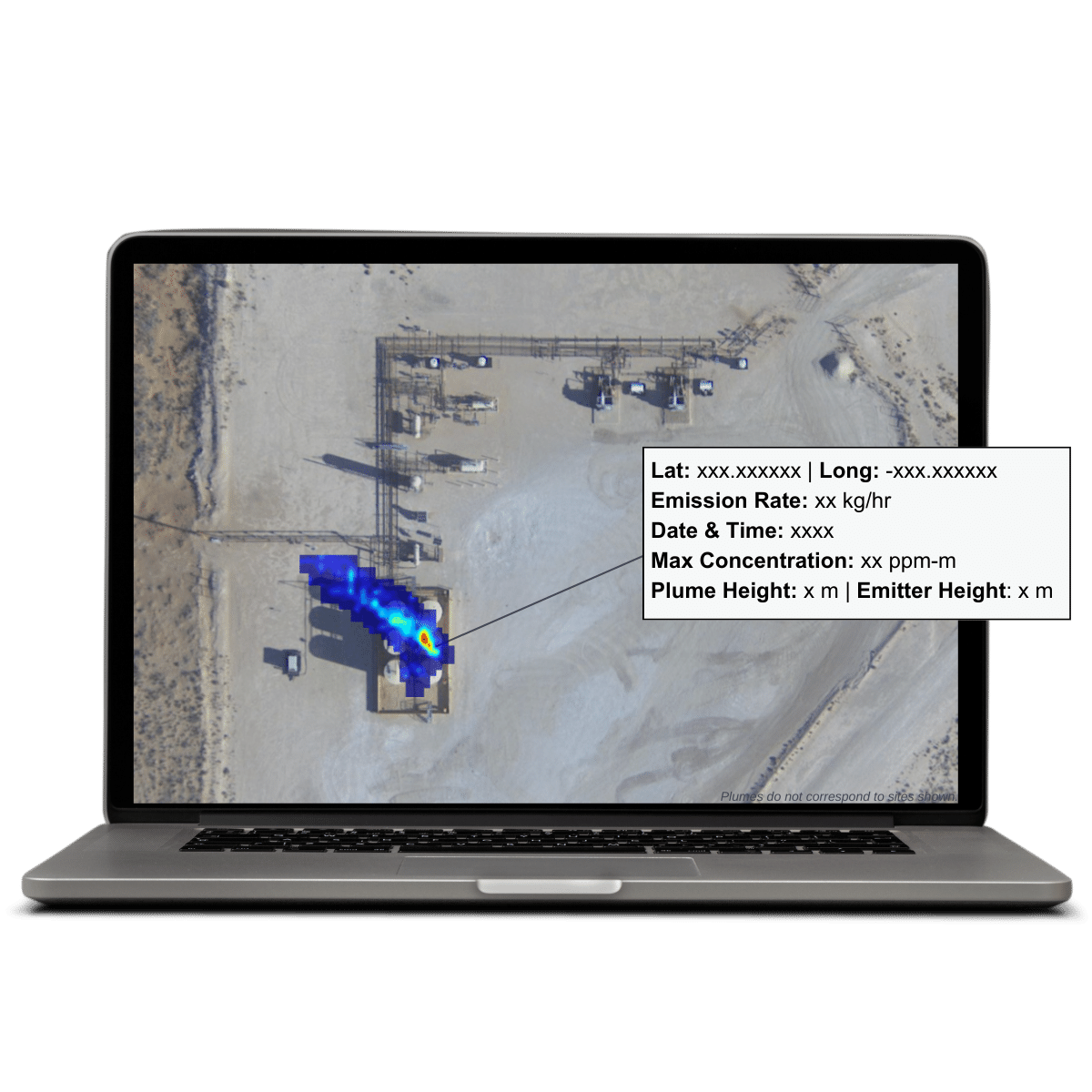
Leading the Way with Advanced Methane Detection
Boost your operational efficiency with Bridger Photonics' advanced aerial LiDAR technology
Proudly Partnered with Industry Leaders


.png?width=300&name=MicrosoftTeams-image%20(2).png)

.png?width=300&name=MicrosoftTeams-image%20(1).png)
.png?width=300&name=MicrosoftTeams-image%20(3).png)
Revolutionizing Methane Detection with Gas Mapping LiDAR™ Technology
Bridger Photonics leverages innovative Gas Mapping LiDAR (GML) technology, an airborne solution utilizing Light Detection and Ranging (LiDAR) to accurately detect, pinpoint, and measure methane emissions. GML delivers exact GPS-located methane emission data and quantified emission rates with unparalleled accuracy, supported by high-resolution site and plume imagery.h
Yes, I Want a Demo.
Advanced Technology Tailored to Your Needs
Experience the future of methane detection with GML
Flexible and Sensitive Methane Detection
Gas Mapping LiDAR™ (GML) provides unparalleled sensitivity in detecting methane leaks, offering flexible detection down to 1 kg/hr with a 90% Probability of Detection (PoD) in typical production basins. Our high-resolution imagery can pinpoint leaks within 6 feet, ensuring that even the smallest leaks are identified promptly. With virtually no false positives and detailed site- and equipment-level attribution, you can prioritize repairs based on your current resources and goals, facilitating proactive and efficient maintenance.
Actionable Emissions Data
The data provided by GML is immediately useful and actionable. It includes precise GPS pinpoints of emission sources, methane emission rate quantification, and visual plume imagery. This enables clients to prioritize repairs effectively and accurately track emissions and their sources.
Efficient Scanning
GML scans cover a large number of production facilities or miles of pipeline per day, making it highly efficient for large-scale monitoring projects. Since the data is collected aerially, there's no need for site access, simplifying the scanning process and reducing operational complexities for clients.
A Safer Future with Advanced Methane Detection
Discover how Bridger Photonics' Gas Mapping LiDAR™ is transforming methane emissions detection and setting new standards in environmental technology.
Bridger Photonic's GML allows for highly sensitive detection capabilities, allowing for precise mapping and quantification of gas leaks over large areas. Its accuracy enables streamlined detection and mitigation of leaks, minimizing impact and safety risks.
GML facilitates rapid scans for emissions across wide areas, reducing the time and resources required compared to traditional methods such as manual inspections or fixed sensors. This speed enables efficient monitoring and response to gas leaks, enhancing operational efficiency.
Proudly Partnered with Industry Leaders
Bridger Photonics is the choice of operators seeking sustainable and effective methane detection solutions.


.png?width=300&name=MicrosoftTeams-image%20(2).png)

.png?width=300&name=MicrosoftTeams-image%20(1).png)
.png?width=300&name=MicrosoftTeams-image%20(3).png)
Why Bridger Photonics' Gas Mapping LiDAR™ (GML) Outperforms Competitors in Methane Detection
Oil and natural gas producers have several options for methane detection, but not all technologies are created equal. Here’s why Bridger Photonics' Gas Mapping LiDAR™ (GML) stands out:
GML Advantages: Bridger Photonics' GML provides higher sensitivity and resolution, allowing for accurate detection and quantification of leaks in a single pass, reducing operational costs and delays. GML’s active LiDAR system is less affected by environmental lighting conditions, leading to faster results
GML Advantages: In contrast, GML offers unmatched spatial resolution, accurately identifying leaks down to the equipment level. Its superior sensitivity ensures even the smallest methane leaks are detected, providing comprehensive emissions management. Additionally, GML operates effectively in various weather conditions, ensuring reliable data year-round.
Limitations: Fixed sensors offer constant monitoring but are limited to specific locations, requiring numerous sensors to achieve full coverage. This setup can be costly and labor-intensive to install and maintain. Furthermore, fixed sensors are prone to inaccuracies caused by wind effects, leading to potential false readings.
GML Advantages: GML overcomes these limitations by covering vast areas with a single aerial scan, eliminating the need for multiple fixed sensors. This approach significantly reduces infrastructure and maintenance costs. Moreover, GML provides precise and actionable data, free from the inaccuracies caused by environmental factors.
Limitations: Handheld OGI sensors depend heavily on the operator's skill and their presence at the right time and place, which can limit their effectiveness. They are only capable of detecting leaks in the operator’s immediate vicinity, and require on-site personnel, increasing safety risks due to exposure to hazardous conditions.
GML Advantages: Bridger Photonics' GML technology operates autonomously, reducing the need for on-site personnel and minimizing safety risks. It identifies leaks across wide areas in a single flight, offering a much broader detection scope than handheld sensors. Furthermore, GML is highly reliable, with virtually no false positives, ensuring that operators can trust the data to prioritize repairs effectively.

Advancing Operational Efficiency with Precise Methane Management
Discover how Bridger Photonics transforms methane detection into strategic asset optimization.
